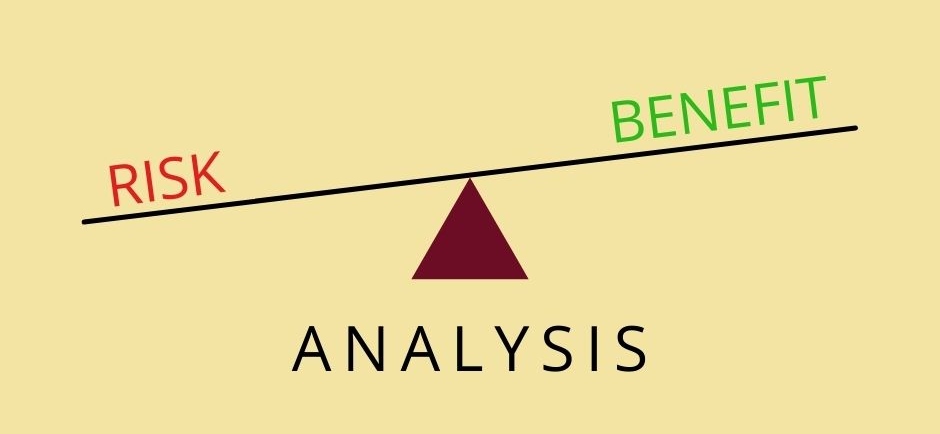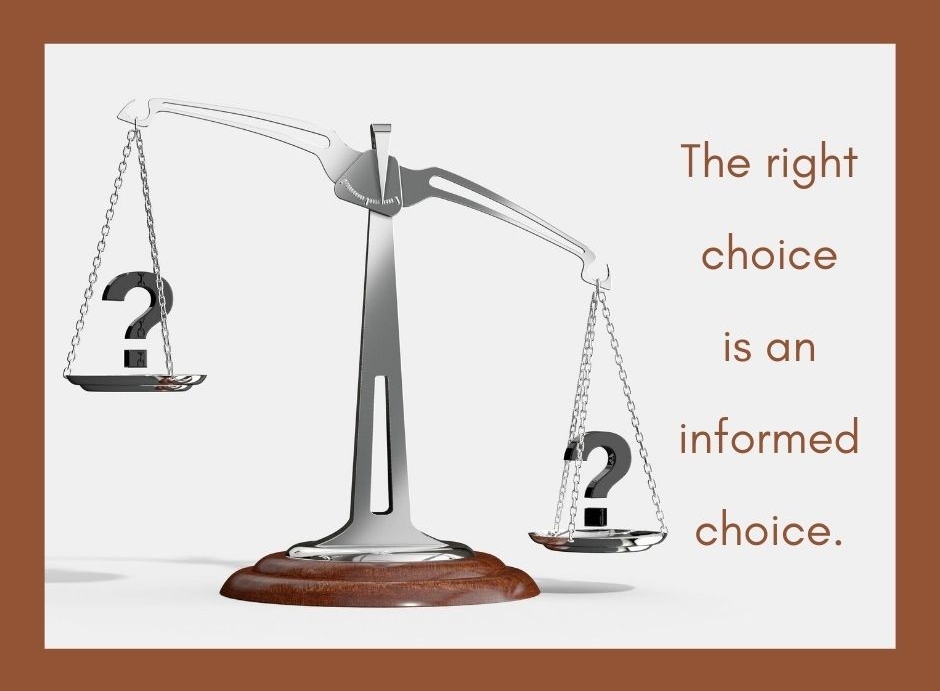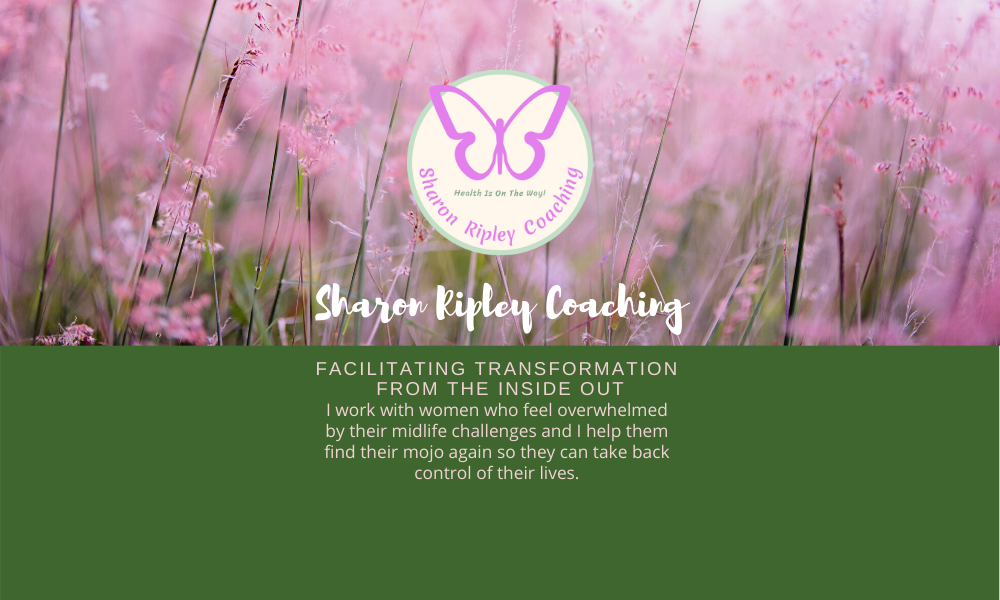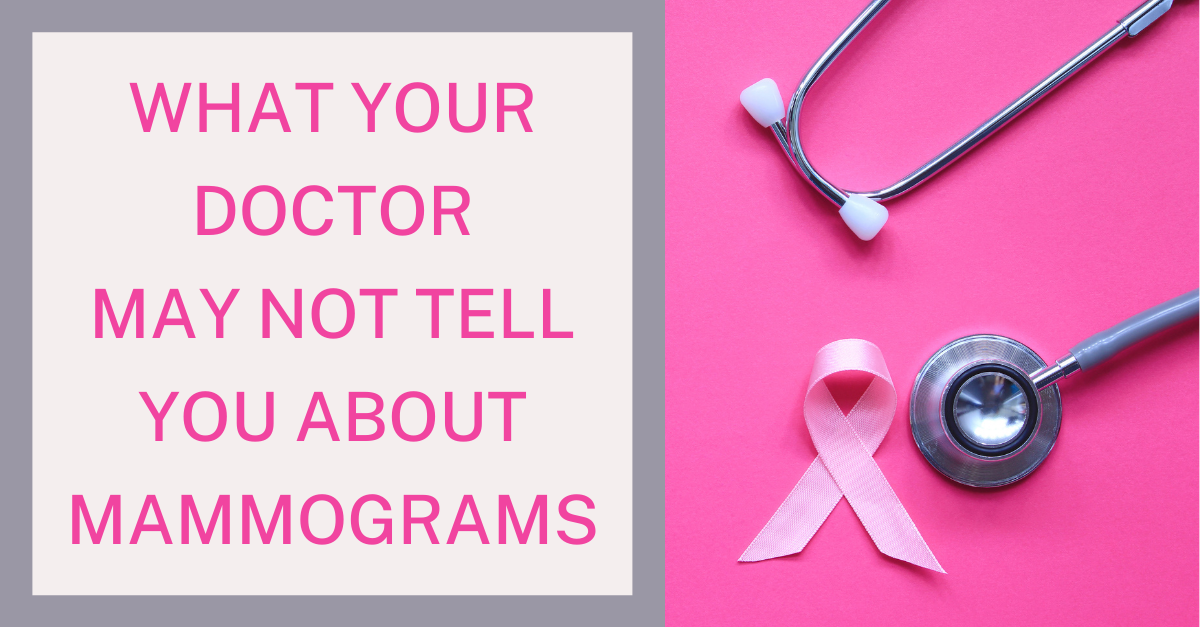October is Breast Cancer Awareness Month here in North America and one of the first things that comes to so many women’s minds when they hear the words “breast cancer” is mammography screening. I don’t know about you, but I personally find mammograms stressful, not to mention painful, but I grin and bear them and have come to accept the screening process as a necessary part of being proactive about my midlife health.
Women are typically advised to get routine mammogram screening after age 40 and, depending on who you listen to, that could be anywhere from every year to every 3 years. The whole idea behind mammogram screening is to detect tumours early (before they can be felt) so the breast cancer can be treated more successfully, thereby reducing the risk of dying from the disease.
I started going for regular mammograms in my 40s and, as a breast cancer survivor, have continued to go for regular screening. This has given me some peace of mind although I have to mention here that my tumour was not detected by a mammogram. It was picked up during a physical exam given in conjunction with the mammogram and I am forever grateful to the clinician who found it and sent me for an ultrasound. This precipitated a needle biopsy which led to a diagnosis of Stage I breast cancer which, I’m happy to say, was treated successfully.
Of course all medical interventions (in my case it was surgery and radiation) come with some risk and there is always a risk/benefit analysis required. But did you know that this is also true for breast cancer screening?

I’ve always known that mammograms subject a woman’s breasts to radiation but believed that the exposure was minimal and the benefits of finding a tumour early far outweighed the risks.
But after 20 years of regular mammograms I started to wonder about the risks of so many years of radiation exposure, especially on top of the higher-dose radiation I received to treat my breast cancer. So I started doing some research and came across this video series which does an excellent job of informing women about the risks and benefits of mammography screening.
I’m all about empowering women to make informed decisions about their health so I highly recommend watching the 14 videos in this series. Each video is less than 10 minutes long making it easy to fit into your schedule. I personally found the information presented to be quite eye-opening.
https://nutritionfacts.org/video/9-out-of-10-Women-misinformed-about-Mammograms/
It does get into some nitty gritty science which, as a science nerd I love, but realize not everyone is turned on by this stuff so here are a few key points from the series:
-
- Despite the fact that over 600,000 women have participated in 10 randomized trials over the past 50 years, mammography continues to be one of the most contentious issues within the medical community.
-
- As a result, there are conflicting guidelines for mammography screening among the organizations charged with coming up with these recommendations. The guidelines differ wildly with one organization recommending that routine mammograms start at the age of 40 while another recommends eliminating routine screening altogether.
-
- Contrary to the American Cancer Society’s stand on mammography, a systematic review by the Cochrane Network (a highly respected bastion of evidence-based medicine) concluded that there did not appear to be any significant reduction in deaths from breast cancer as a result of mammography.
https://www.cochrane.org/CD001877/BREASTCA_screening-for-breast-cancer-with-mammography
-
- This is because mammography picks up tiny tumours, some of which are harmless and would, given time, normally regress or disappear. It is estimated that 7-39% of women aged 40-70 years are walking around with tiny breast cancers but most of these cases will resolve on their own once the cancer outgrows its blood supply or the immune system takes care of it. And some are simply not aggressive enough to pose a problem in the woman’s lifetime.
-
- The fact that we can detect these cancers so early has led to the most significant harm associated with mammography, and that is over-diagnosis and unnecessary treatments.
-
- For every woman saved by mammography, 2-10 women are over-diagnosed and subject to unnecessary risks (including death) due to treatment. It is estimated that radiotherapy of over-diagnosed women kills at least as many as those who are spared dying from breast cancer.
-
- Radiation treatments to the chest increase the risk of dying from heart disease by more than 25% and increase the risk of dying from lung cancer by nearly 80%. This is a big risk for a woman who may not need the treatment.
-
- It is predicted that 2-8 women in 10,000 will develop breast cancer caused by the x-rays in mammograms. The risk varies depending on how often a woman is screened and at what age she starts screening.
-
- Ductal Carcinoma In Situ (DCIS) is considered Stage 0 breast cancer and represents 20-25% of mammogram detected breast cancers. Although DCIS looks like invasive breast cancer, it is not, and most of these “cancers” never develop into invasive breast cancer. However, once detected, doctors feel they have no choice but to treat them because they presume that these lesions are precursors of cancer. But epidemiological studies suggest otherwise.
-
- It’s also difficult for doctors to distinguish harmless cases from potentially life-threatening cancers so they (and patients) tend to err on the side of caution and treat the cancer. Apparently, the only way to avoid this over-diagnosis and over-treatment is to avoid breast screening altogether.
-
- Although there has been a decrease in breast cancer mortality since the introduction of mammography screening, it appears that this is due to improved treatments, not because of increased screening.
-
- Less than 1 in 10 women say they have been informed that mammography screening carries with it the possibility of over-diagnosis and over-treatment.
-
- 92% of women surveyed either overestimated the mortality reduction from mammography or reported that they did not know.
It is these last two concerning statistics that have prompted me to share the information presented in this video series. I agree with the author, women deserve to be informed about the risks and benefits of mammography so they can choose for themselves whether or not they undergo routine screening.

And an informed choice is an empowered choice!
Need help navigating all this information? I’d be happy to help you make sense of it all.
I can also offer some dietary and lifestyle strategies that have been shown to reduce your chances of getting breast cancer in the first place. I began implementing these strategies myself about 9 years ago after my breast cancer diagnosis and am very pleased to say that I have not had a recurrence. The changes I’ve made have also contributed to my overall sense of well-being and have given me a new lease on life.
If you’d like to chat you can learn more about my free Jump-Start Session here. I look forward to meeting you!

